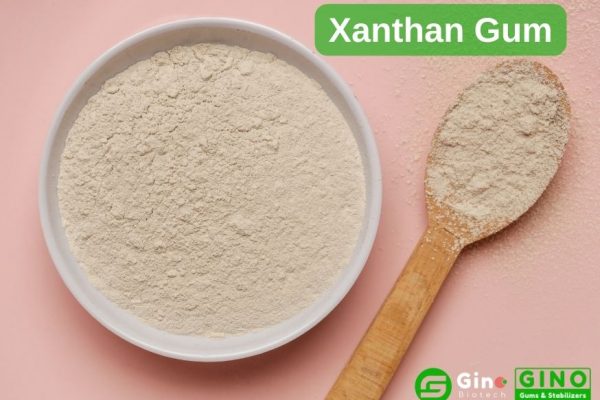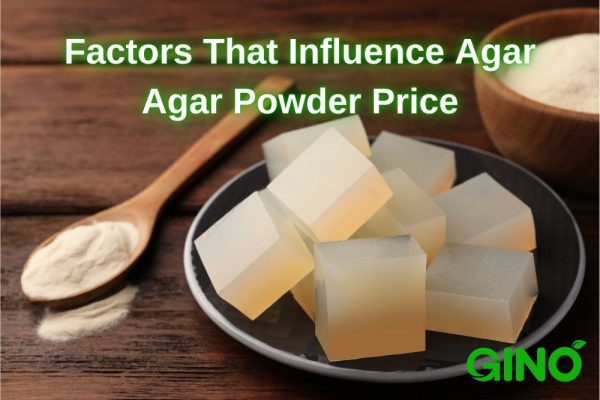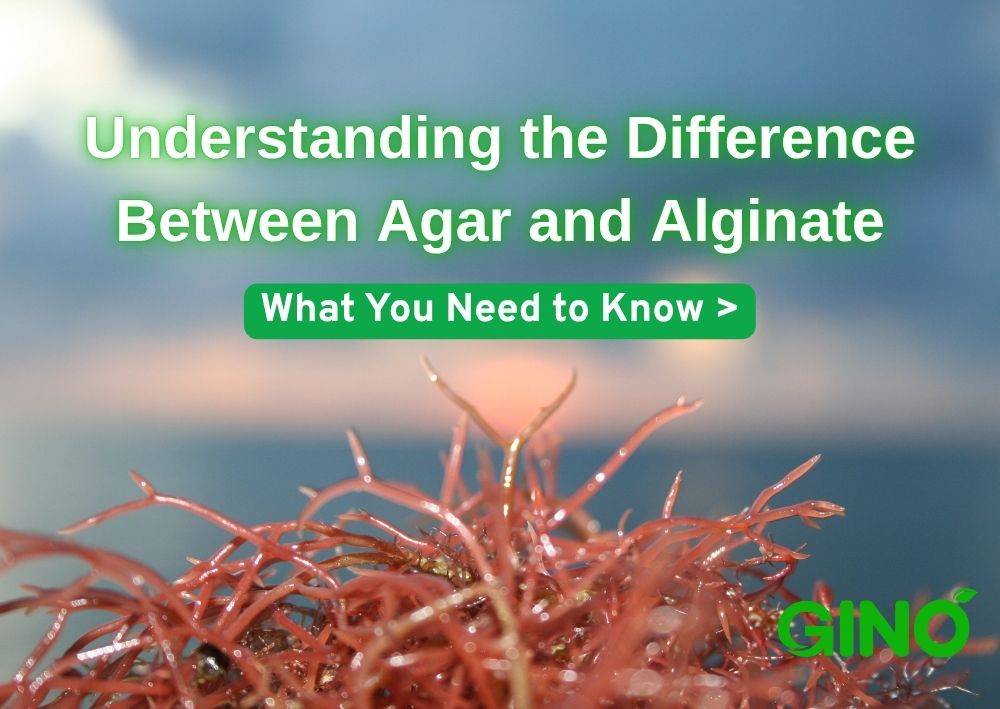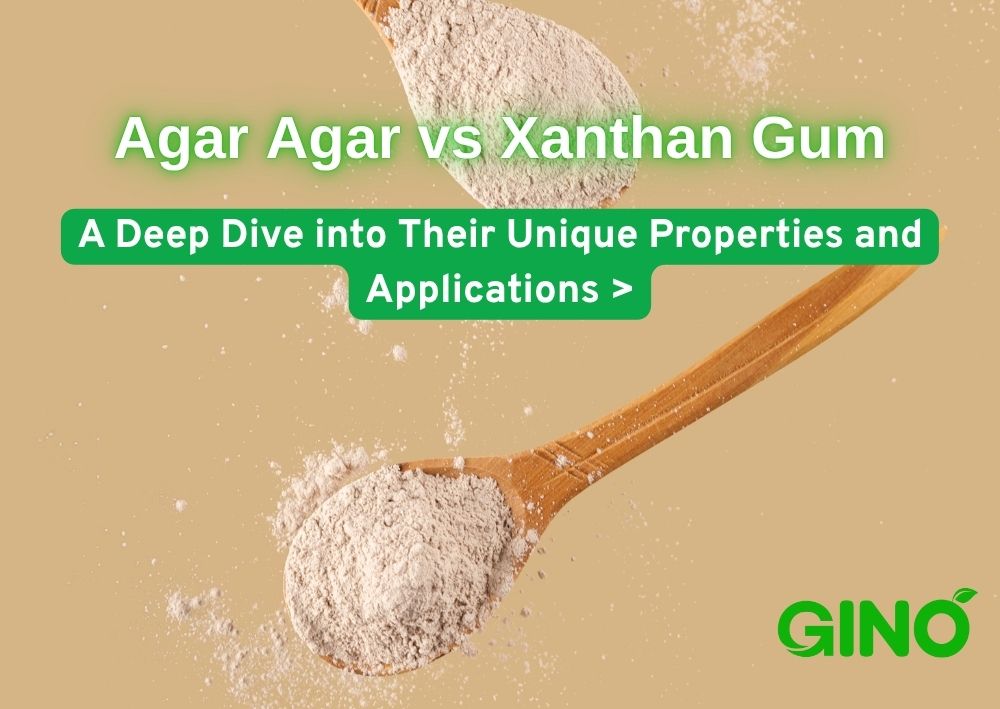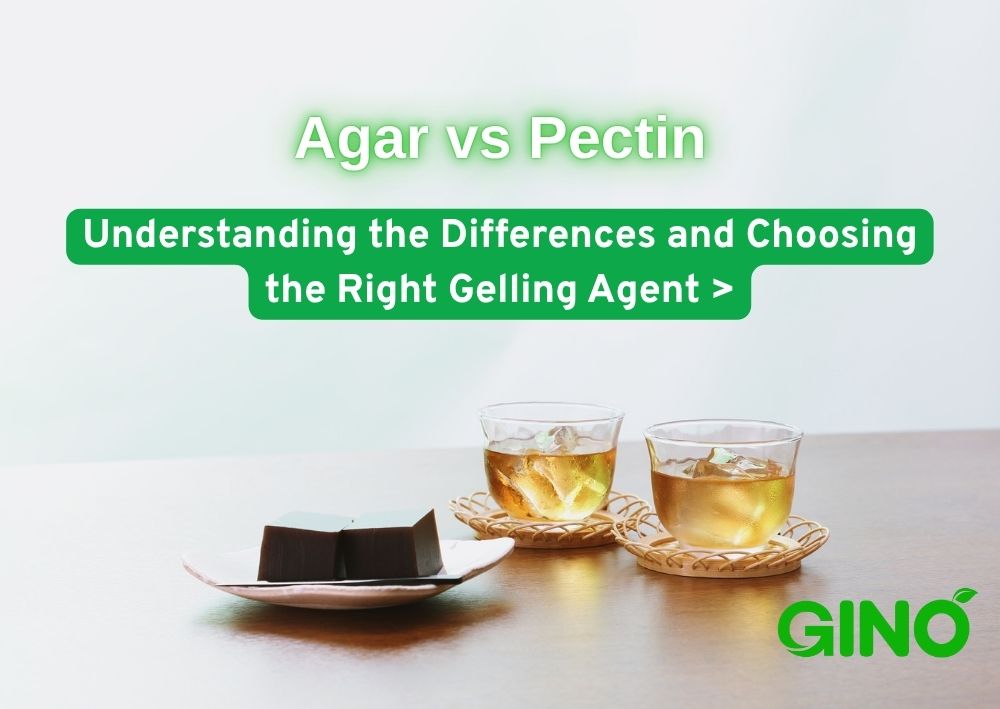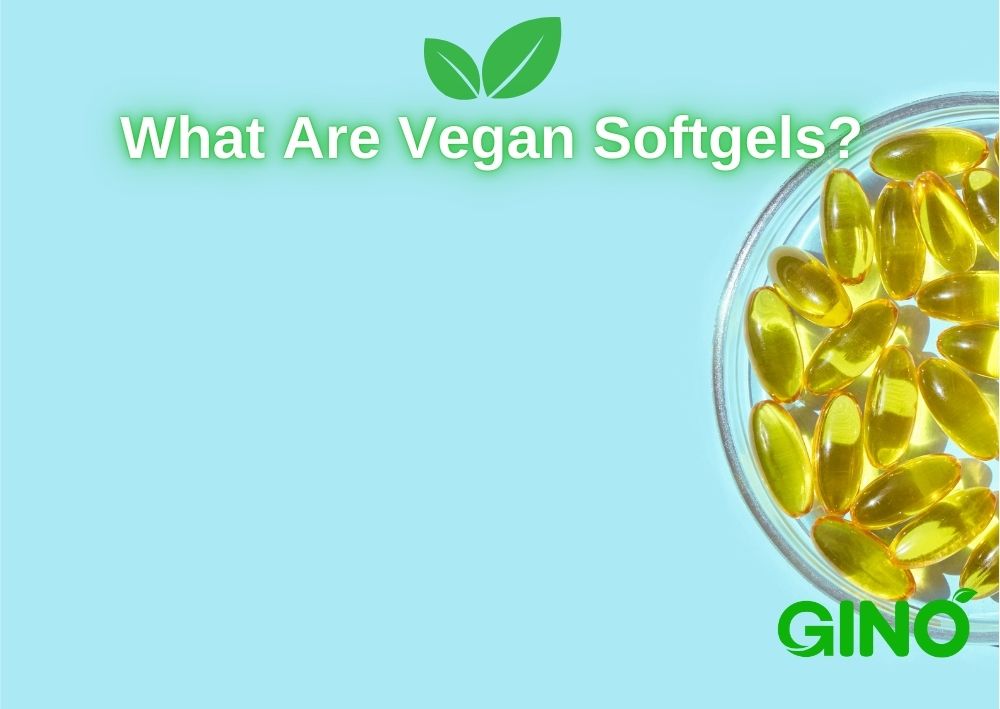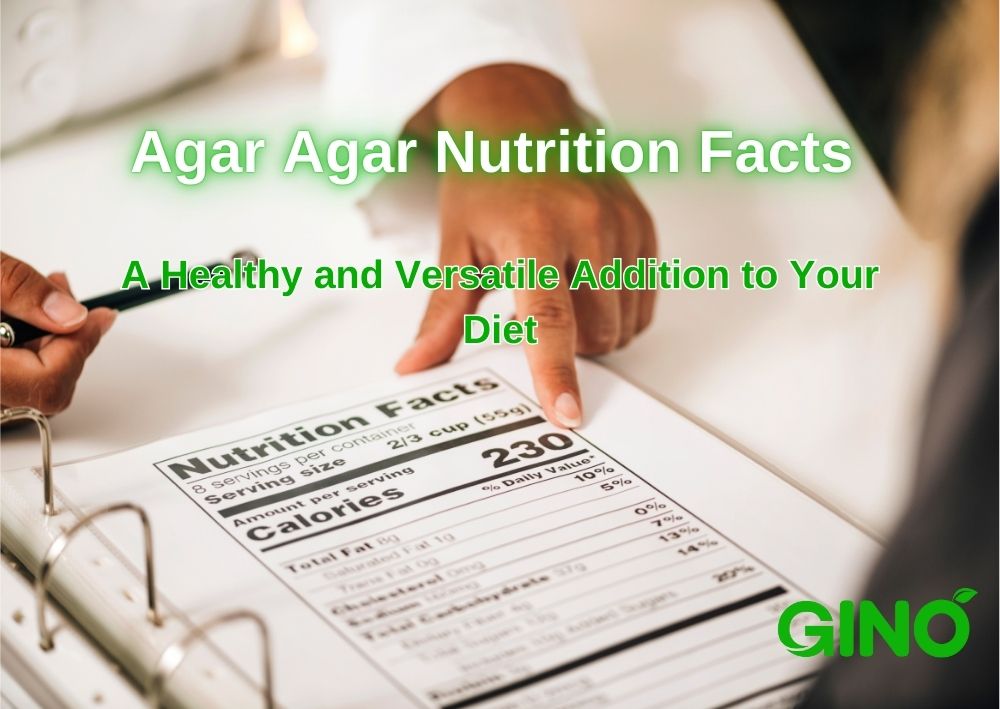Agar Agar vs Xanthan Gum: A Deep Dive into Their Unique Properties and Applications
Agar Agar vs Xanthan Gum
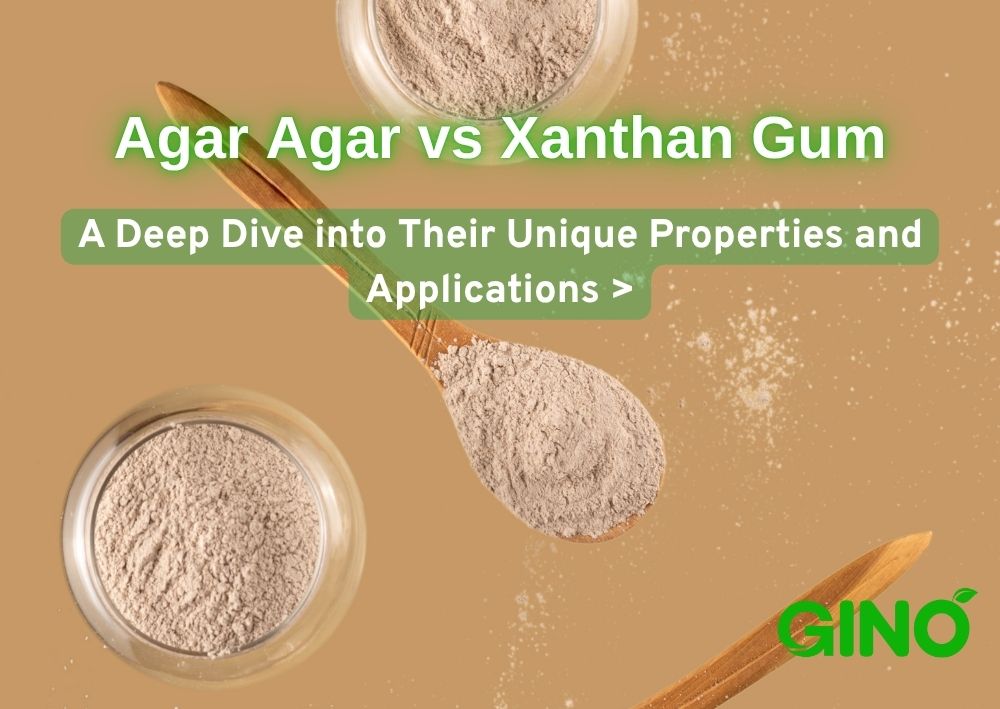
1. Introduction: Understanding Agar Agar vs Xanthan Gum
When it comes to versatile natural polymers used across multiple fields, few substances are as widely applied as agar agar vs xanthan gum . While they may appear similar at first glance - both are polysaccharides with thickening or gelling capabilities - their origins, structures, and performance profiles set them apart in meaningful ways.
Whether you're working in a microbiology lab, developing skincare products, managing industrial processes like oil recovery, or exploring food innovation, understanding the real differences between agar agar vs xanthan gum can help you make more informed choices.
Let’s explore what makes each one unique - and where each truly shines.
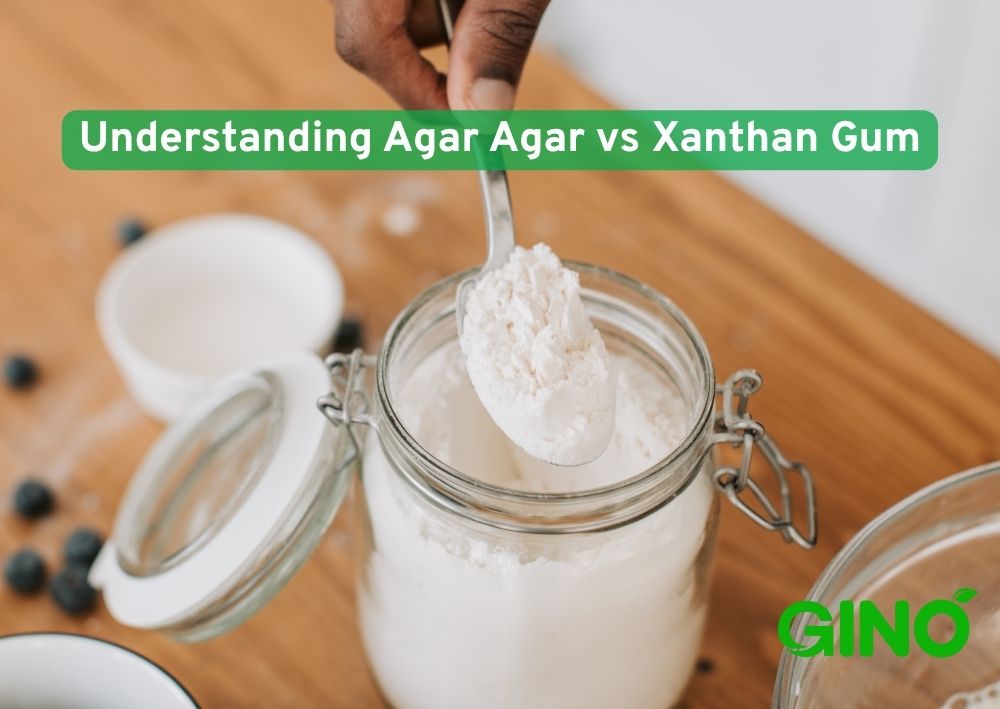
2. Origins and Composition: The Building Blocks
Before diving into how they perform, let’s look at where agar agar vs xanthan gum come from and what they’re made of.
2.1 Agar Agar – A Natural Gelling Agent from Seaweed
Agar agar is extracted from red algae (seaweed), particularly species like Gelidium and Gracilaria . It consists mainly of two components: agarose , which forms the gel network, and agaropectin , which influences texture and solubility.
This plant-based polymer has been used for centuries in Asia, but its real breakthrough came when scientists discovered its ability to create a stable, solid matrix for microbial growth.
2.2 Xanthan Gum – A Fermented Biopolymer
Xanthan gum is produced through fermentation by the bacterium Xanthomonas campestris , typically fed on sugar substrates such as corn, wheat, or soy. After fermentation, the resulting exopolysaccharide is purified, dried, and milled into powder.
Unlike agar agar, xanthan gum does not occur naturally in plants. Its structure gives it exceptional viscosity-building properties and shear-thinning behavior - making it ideal for applications that require flow control without permanent setting.
3. Functional Differences That Define Performance
While both agar agar vs xanthan gum are widely used for their textural and stabilizing properties, they function in fundamentally different ways. Understanding these differences is essential to selecting the right material for your specific application - whether it’s in a lab, a formulation line, or an industrial process.
Below is a detailed comparison of how agar agar vs xanthan gum perform across various physical, chemical, and functional parameters:
Feature | Agar Agar | Xanthan Gum |
Chemical Classification | Polysaccharide from red algae | Exopolysaccharide from bacterial fermentation |
Gelling Behavior | Forms rigid, brittle gels | Does not form true gels; increases viscosity |
Activation Method | Requires boiling (≥90°C) to dissolve | Dissolves readily in cold or warm water |
Melting Point | High (~85°C / 185°F) | Low (melts at body temperature or shear stress) |
Thermal Reversibility | Thermoreversible (can melt and re-gel) | Non-thermoreversible (viscosity remains unchanged with heat) |
Rheological Properties | Stiff, brittle gel structure | Shear-thinning fluid with elastic behavior |
pH Stability | Sensitive to acidic conditions | Stable across a wide pH range (pH 2–13) |
Salt Tolerance | May weaken in high-salt environments | Highly salt-tolerant; viscosity unaffected by ions |
Water Retention | Excellent water-binding capacity in gel form | Moderate water retention without forming a network |
Microbial Resistance | Resistant to most microbial degradation | Susceptible to enzymatic breakdown over time |
Texture and Mouthfeel (if applied in food) | Clean bite, firm texture | Slippery, viscous, smooth mouthfeel |
Freeze-Thaw Stability | Can lose integrity after repeated cycles | Maintains stability under freezing conditions |
Syneresis (Weeping) | Prone to syneresis when cooled slowly | Minimal to no syneresis |
Shear Stability | Gel can break under mechanical force | Maintains viscosity under shear stress |
Compatibility with Proteins/Fats | Limited compatibility in complex matrices | Works well in emulsions and protein-rich systems |
This comprehensive comparison highlights why agar agar vs xanthan gum are not interchangeable in most applications. Their differing responses to heat, pH, salt, and mechanical stress make each uniquely suited to specific tasks.
4. Real-World Applications Across Industries
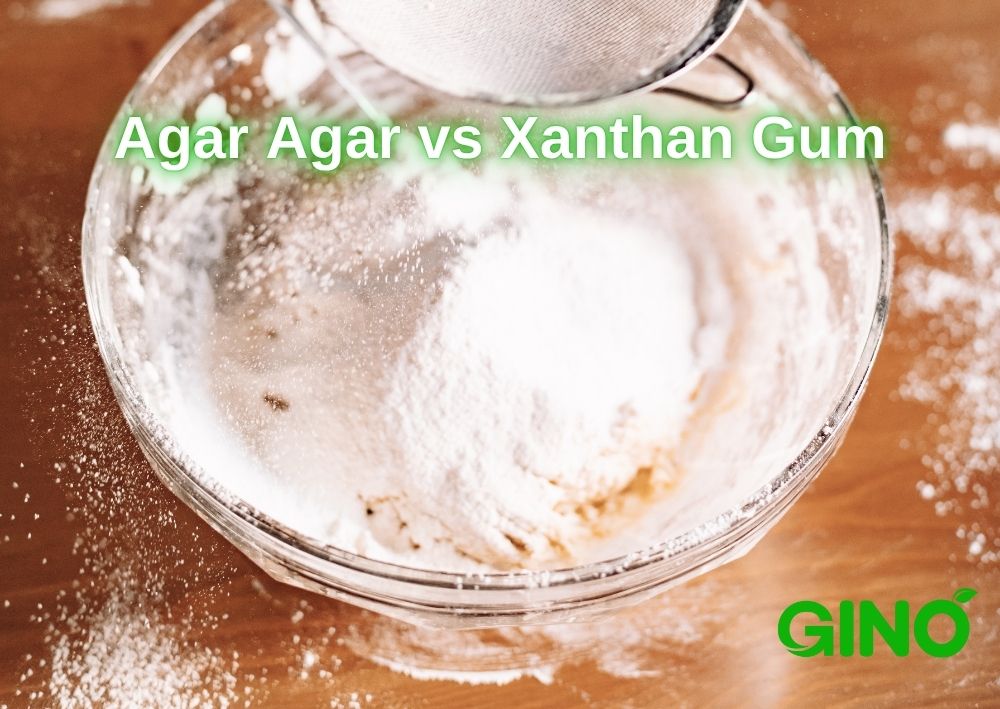
Although both materials appear in food science, their true versatility emerges outside of dietary contexts.
4.1 Agar Agar – The Backbone of Microbial Research
In laboratories, agar agar is the standard solidifying agent for preparing culture media. Its high melting point ensures it remains solid even at incubation temperatures, providing a stable surface for isolating and studying bacteria, fungi, and other microorganisms.
Beyond microbiology:
- Used in molecular biology for DNA electrophoresis
- Applied in pharmaceuticals as a base for controlled-release formulations
- Utilized in tissue engineering and plant propagation for root development
Because most microbes cannot degrade agar agar, it offers an inert, predictable environment - essential for reproducibility and sterility.
4.2 Xanthan Gum – A Versatile Rheology Modifier
Xanthan gum’s ability to increase viscosity and maintain stability under mechanical stress makes it indispensable in multiple technical applications.
Key uses include:
- Oil drilling : As a viscosifier and fluid-loss control agent in drilling fluids
- Cosmetics : In creams, lotions, and shampoos to stabilize emulsions and improve texture
- Paints and coatings : To prevent pigment settling and enhance brushability
- Pharmaceuticals : As a suspending agent in oral suspensions and topical gels
Its compatibility with a wide range of pH levels and salt concentrations adds to its appeal in complex formulations.
5. Comparing Use Cases Across Disciplines
Now that we’ve explored their structural and functional characteristics, let’s compare how agar agar vs xanthan gum perform in specific environments.
5.1 In Microbiology and Cell Culture
Agar agar is unmatched. Its ability to support microbial colonies on a stable surface makes it essential for isolation, identification, and enumeration. Xanthan gum cannot replicate this due to its lack of gel formation.
5.2 In Skincare and Personal Care
Xanthan gum excels here. It enhances product consistency, prevents phase separation, and improves sensory feel without causing rigidity. Agar agar would be unsuitable for these formulations due to its brittle gel structure.
5.3 In Food Science and Innovation
Both have roles. Agar agar creates clean-cut textures in low-calorie desserts and vegan cheeses. Xanthan gum improves mouthfeel and elasticity in gluten-free doughs and sauces.
5.4 In Biomedical Engineering
Agar agar serves as a scaffold material in tissue culture and 3D printing. Xanthan gum supports drug delivery systems and injectable hydrogels due to its shear-thinning nature.
6. Choosing the Right One for Your Needs
Selecting between agar agar vs xanthan gum depends heavily on the desired outcome and environmental conditions.
6.1 Choose Agar Agar If:
- You need a rigid, heat-stable structure
- You're supporting microbial growth or molecular analysis
- You're creating gelled matrices for biomedical scaffolding
- You prefer a plant-based alternative to synthetic polymers
6.2 Choose Xanthan Gum If:
- You want to increase viscosity without gelling
- You're stabilizing complex mixtures like emulsions or suspensions
- You're working in harsh environments (acidic, saline, or shear-prone)
- You're enhancing formulation texture in cosmetics or pharmaceuticals
In some advanced applications - especially in food innovation and biomedical research - both can be combined to achieve complementary effects.
7. Why This Knowledge Matters
Whether you're developing a new cosmetic line, designing microbial growth media, or optimizing drilling fluids, knowing the real differences between agar agar vs xanthan gum helps you avoid costly mistakes and streamline your process.
They may seem interchangeable at first, but beneath the surface, they offer distinct advantages tailored to specific needs. Using the wrong one could lead to unstable formulations, failed experiments, or inefficient production.
By recognizing what each brings to the table - whether in a petri dish or a pipeline - you unlock smarter, more effective solutions.
8. Final Thoughts
The comparison of agar agar vs xanthan gum goes far beyond texture or application in food. These two polymers represent powerful tools across scientific, industrial, and consumer sectors.
From enabling life-supporting environments in labs to improving product stability in personal care items, their roles are diverse and impactful.
Understanding their unique properties allows you to choose the right material for the task - no matter the field.

If you found this detailed breakdown of agar agar vs xanthan gum helpful, share it with colleagues, students, or professionals who might benefit - from researchers to product developers and beyond.
And if you're currently using either ingredient in your own work, we’d love to hear your experience. Leave an email or call us directly to discuss how agar agar vs xanthan gum can support your next project!
📞 Call us | 📧 Email us | 🌐 Request a Sample
Buy Agar & Xanthan GumRecent Posts

We are a biotech company specializing in the research, development, and commercialization of innovative and technological food additives hydrocolloids Agar Agar, Carrageenan, and Tailor-Made Stabilizer Solutions.
With the extended know-how and experience in the research, application, and use of Hydrocolloids, we could provide one-stop-shop customized solutions perfectly matched to the needs of our customers.
Our products cover the needs of the Meat, Dairy, Bakery, Confectionery, and other industrial sectors.


